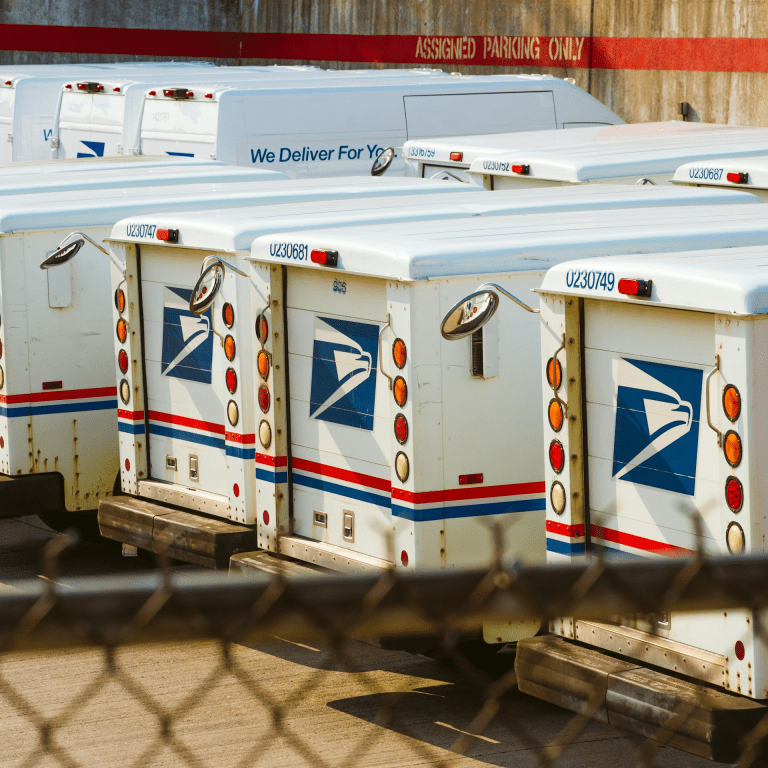Key Takeaways
-
The 2025 redesign of Medicare Part D introduces a $2,000 annual cap on out-of-pocket prescription drug costs, significantly reducing expenses for high-need enrollees.
-
As a Postal Service Health Benefits (PSHB) member, your prescription drug coverage now coordinates more closely with Medicare Part D, offering enhanced affordability and better predictability.
A New Era for Prescription Drug Coverage
If you rely on regular prescriptions, the 2025 changes to Medicare Part D could dramatically affect your healthcare expenses. For those covered under the Postal Service Health Benefits (PSHB) Program, this year marks a historic shift: the implementation of a hard cap on out-of-pocket prescription drug costs. Whether you’re an annuitant or a family member enrolled through PSHB, these changes can either save you thousands annually or cost you if you don’t pay attention to how your benefits integrate with Medicare.
What Exactly Changed in 2025?
Several major improvements to Medicare Part D take effect in 2025, but the most impactful is the $2,000 annual cap on out-of-pocket prescription drug costs. Here’s a breakdown:
-
Out-of-Pocket Maximum: After you spend $2,000 on covered Part D drugs in a calendar year, your plan must cover the rest of your prescription costs with no additional cost to you.
-
No More Donut Hole: The coverage gap phase, once a major concern, no longer exists. Instead, the new structure includes a deductible phase, an initial coverage phase, and a catastrophic phase that begins at the $2,000 cap.
-
Medicare Prescription Payment Plan: This new feature allows you to spread your prescription costs over 12 equal monthly payments, improving your monthly budgeting.
What This Means for PSHB Enrollees
You’re no longer relying solely on traditional FEHB drug coverage. With PSHB plans now integrating Medicare Part D through a special employer-based structure, you benefit from enhanced drug coverage and Medicare’s financial protections.
Enhanced Employer Drug Coverage
Your PSHB plan includes an Employer Group Waiver Plan (EGWP), a version of Medicare Part D tailored for retiree groups. The EGWP:
-
Offers comprehensive prescription drug coverage.
-
Automatically coordinates with Medicare Part D rules, including the $2,000 cap.
-
Includes additional subsidies that may further reduce copayments or coinsurance.
This integration can lower your overall healthcare spending, particularly if you use high-cost medications.
Understanding the New Part D Structure
To take full advantage of the 2025 changes, you need to understand how Medicare Part D now works. The simplified structure consists of three phases:
1. Deductible Phase
-
You pay 100% of your drug costs until you reach the annual deductible.
-
In 2025, the standard deductible is $590.
2. Initial Coverage Phase
-
After meeting the deductible, you pay a share of your prescription drug costs (copay or coinsurance), and your plan covers the rest.
-
This continues until your total out-of-pocket spending hits $2,000.
3. Catastrophic Coverage Phase
-
Once you hit the $2,000 out-of-pocket limit, your plan covers all remaining drug costs for the rest of the calendar year.
This change simplifies drug costs and eliminates the unpredictability of the old coverage gap.
The Medicare Prescription Payment Plan Option
New in 2025, this plan gives you more control over cash flow. Instead of large out-of-pocket costs in the early part of the year, you can opt to pay a fixed monthly amount. Key features include:
-
Eligibility: Available to all Medicare Part D enrollees.
-
Enrollment: Begins annually during Medicare Open Enrollment (October 15 to December 7).
-
Structure: Monthly installments are calculated based on projected annual spending and can adjust if your medication changes during the year.
If you’re managing a fixed income, this can offer considerable relief by smoothing out your healthcare expenses.
What Stays the Same
Despite the big structural changes, some aspects of Part D remain familiar:
-
Formularies: Each plan still maintains its own list of covered drugs, so not every medication is automatically covered.
-
Prior Authorizations: Some drugs may still require approval before coverage.
-
Pharmacy Networks: You must use in-network pharmacies to receive the full benefit.
If your PSHB drug plan integrates with Medicare Part D, you will receive plan-specific details about any additional requirements.
What You Should Do If You’re Medicare Eligible
If you’re already enrolled in Medicare and receiving PSHB benefits, you may be automatically placed in an EGWP plan. However, that doesn’t mean you should ignore the enrollment process. Here’s what you should focus on:
-
Review your Annual Notice of Change (ANOC): This document outlines how your plan is changing for the year.
-
Confirm your Medicare Part B enrollment: For PSHB integration to work fully, you generally must be enrolled in both Medicare Part A and Part B.
-
Evaluate your prescription usage: Look at what you spent on medications last year. If it exceeded $2,000, you’ll benefit immediately from the new cap.
-
Check eligibility exceptions: If you retired before January 1, 2025, and were not already enrolled in Part B, you may not be required to join.
What Happens If You Opt Out of the Medicare Drug Benefit
Choosing to opt out of the Medicare Part D benefit under PSHB could have consequences:
-
Loss of drug coverage: Most PSHB plans do not offer non-Medicare drug coverage for Medicare-eligible members who opt out.
-
Limited re-enrollment opportunities: Rejoining Medicare Part D after opting out may only be allowed during the next open enrollment, and late penalties may apply.
-
No access to the $2,000 cap or payment plan: You’ll remain responsible for full out-of-pocket costs based on your plan’s private rules.
In most cases, staying enrolled is your most financially protective option.
Coordination with Medicare Part B
Many PSHB plans also waive deductibles or reduce cost-sharing for members who are enrolled in both Medicare Part B and Part D. This means:
-
Lower coinsurance or copayments on medications.
-
Waived or reduced premiums through reimbursement features.
-
Additional wellness or clinical services at no extra cost.
These enhancements are only triggered when Medicare eligibility and enrollment are active.
Timing Matters: Key Enrollment Dates in 2025
Understanding the Medicare and PSHB enrollment calendar ensures you don’t miss your chance to take advantage of these changes:
-
Medicare Open Enrollment: October 15 to December 7. Make any changes to your Medicare plan, including the new Prescription Payment Plan.
-
PSHB Open Season: Runs from November through December. During this time, you can evaluate your PSHB plan options and ensure they align with your Medicare benefits.
-
Coverage Effective Date: January 1, 2025. All changes made during Open Enrollment take effect at the start of the new year.
Late enrollments can trigger penalties or delay your access to drug coverage.
Special Enrollment and Exemptions
Not everyone must enroll in Medicare Part B or the Part D EGWP option under PSHB. Exceptions apply if:
-
You retired on or before January 1, 2025, and were not enrolled in Part B.
-
You are employed by USPS and were 64 or older on January 1, 2025.
-
You live overseas permanently.
-
You receive drug coverage through Veterans Affairs or Indian Health Services.
If you qualify for an exemption, confirm it through your plan or by contacting a licensed agent.
Questions to Ask Before Making a Change
To ensure your decision aligns with your needs, ask yourself:
-
Are all my current prescriptions covered under my PSHB plan’s formulary?
-
Do I currently spend more than $2,000 per year on medications?
-
Would the monthly Prescription Payment Plan help with my budget?
-
Do I need to enroll in Medicare Part B to activate these benefits?
-
Have I received clear documentation from my PSHB plan about these changes?
An informed decision now prevents financial strain later.
Why This Matters Now
The 2025 changes to Medicare Part D are not just tweaks to an existing system. They represent a fundamental rethinking of how prescription drug costs are shared between you and your plan. For PSHB members, this is especially relevant because of the automatic integration between your health plan and Medicare.
Not reviewing your coverage or failing to understand how these changes work could mean missing out on significant savings or, worse, facing higher out-of-pocket costs due to inaction or missed enrollment windows.
Take Control of Your Healthcare Costs in 2025
The changes to Medicare Part D are built around predictability, affordability, and integration with PSHB. If you take the time to review your benefits now, you position yourself for a more secure and less expensive year ahead.
If you’re uncertain about whether you’re enrolled correctly or how these changes affect your plan, speak with a licensed agent listed on this website. They can help you clarify your Medicare status, PSHB eligibility, and prescription coverage options.









